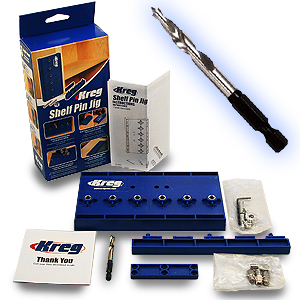Miter Saws
You will find Miter Saws in every professional and hobbyist's woodshop. There are a variety of makes and models to choose from such as Makita, King, Bosch, Dewalt and more. Miter saws are especially great for cutting cabinet trim and crown moulding. These days miter saws have many different features and variations so it's important to choose the right model for the work you'll be doing.
One big advantage to a miter saw is, the stock remains stationary while the cutting head moves, making it easier and safer to crosscut large pieces rather than using your table saw.
When purchasing a miter saw, you need to consider whether to buy fixed or sliding saw. Which is best depends what you will be using it for?
If you intend to use the saw primarily for framing walls and cutting lumber the basic fixed or non-sliding compound miter saw is the purchase you will want to make.
These Compound Miter Saws have a fixed head and can only tilt left or right. They also are generally lighter ensuring easy transport from jobsite to jobsite.
For a larger cutting capacity sliding compound miter saws are best. The sliding compound miter saw has a sliding head on mounted on guide rails making it able to guide forward and backward which increases the miter saw's cutting capacity. The Sliding Compound Miter Saw is however much heavier and more expensive.
Both Compound Miter saws and sliding Compound Miter saws can be either single-bevel or double-bevel. On a single-bevel saw the head tilts in only one direction, while on a double-bevel saw the head tilts both to the left and the right. The advantage of a double-bevel saw is that it eliminates the need of flipping large stock when beveling both ends. This is particularly helpful when you're cutting a lot of trim or molding.
Miter Saws are catergorized by blade size. The blade size affects the maximum depth cut made at 90 degrees and 45 degrees. A 10inch and 12 inch compound miter saw are most popular. There is however, a 3-1/8" saw for model makers as well.


















